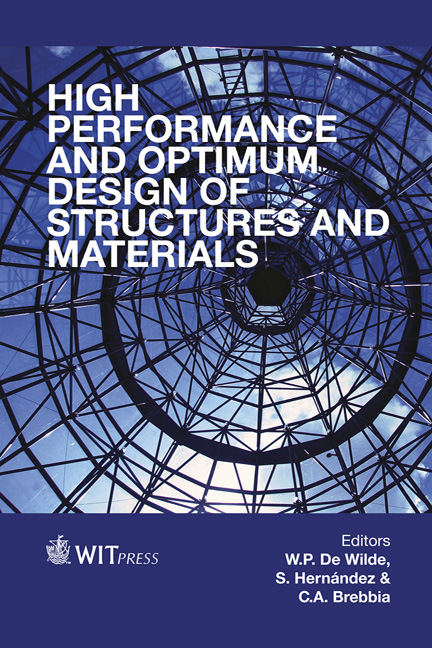Improving The Performance Of Magnesium Alloys For Automotive Applications
Price
Free (open access)
Transaction
Volume
137
Pages
14
Page Range
531 - 544
Published
2014
Size
808 kb
Paper DOI
10.2495/HPSM140491
Copyright
WIT Press
Author(s)
R. O. Hussein & D. O. Northwood
Abstract
Magnesium and its alloys are attractive to the automotive industry for their inherent light-weight which leads to highly fuel-efficient design. However, due to a low melting temperature (650°C), magnesium has relatively poor elevated temperature mechanical properties, e.g., creep. This has, therefore, restricted its use in applications such as engine components. Magnesium is also a highly reactive metal and has inherently poor corrosion and wear resistance. Improved corrosion and wear performance can be obtained through alloying and microstructural engineering. However, for enhanced corrosion and tribological properties, the use of surface engineering techniques involving coatings is mandatory. Plasma Electrolytic Oxidation (PEO), also known as \“Micro-Arc Oxidation (MAO)”, has been used to successfully produce oxide layers on magnesium alloys with excellent tribological and corrosion resistant properties. By controlling the PEO process parameters, uniform, relatively pore-free and well adhered coatings can be produced which can provide adequate corrosion protection. The coating requirements for good tribological properties are somewhat different than for good corrosion performance. However, good tribological performance combined with good corrosion performance can be obtained through control of the PEO processing parameters. Keywords: magnesium alloy, automotive applications, creep, corrosion, wear, PEO coatings.
Keywords
magnesium alloy, automotive applications, creep, corrosion, wear, PEO coatings.





